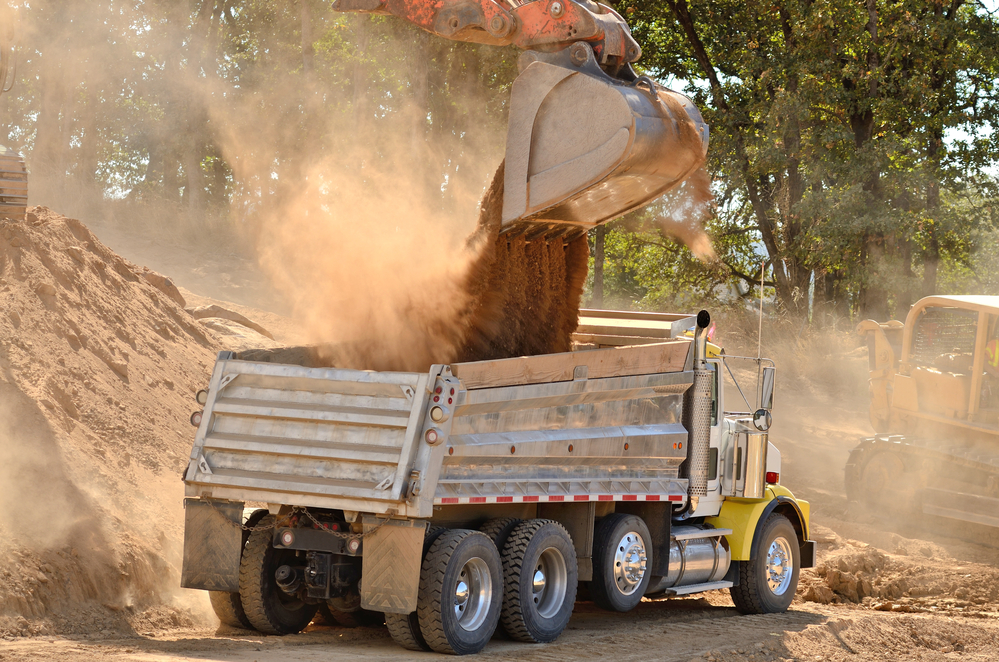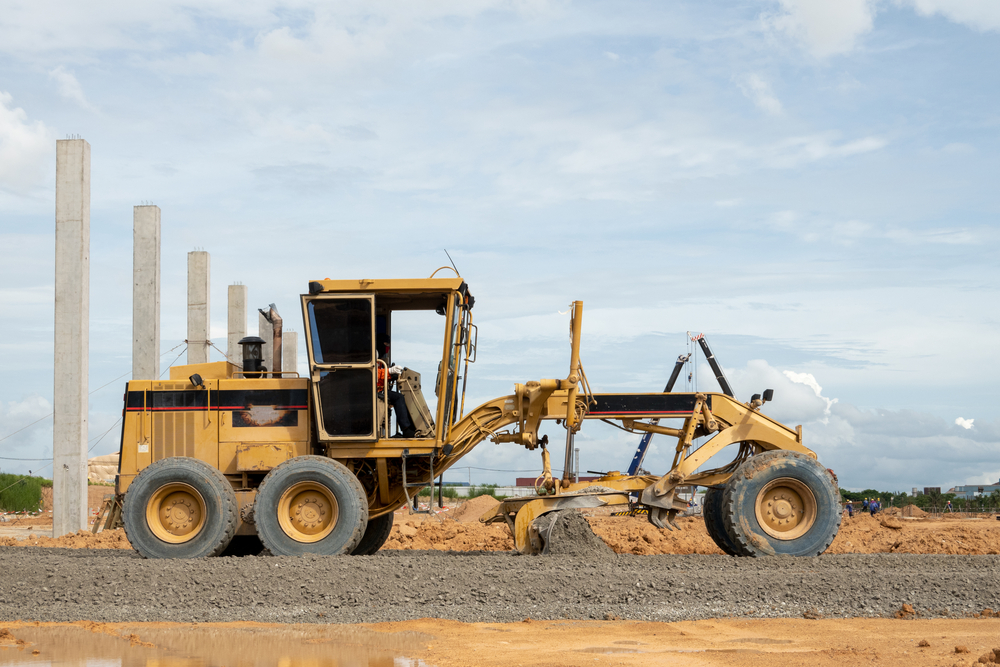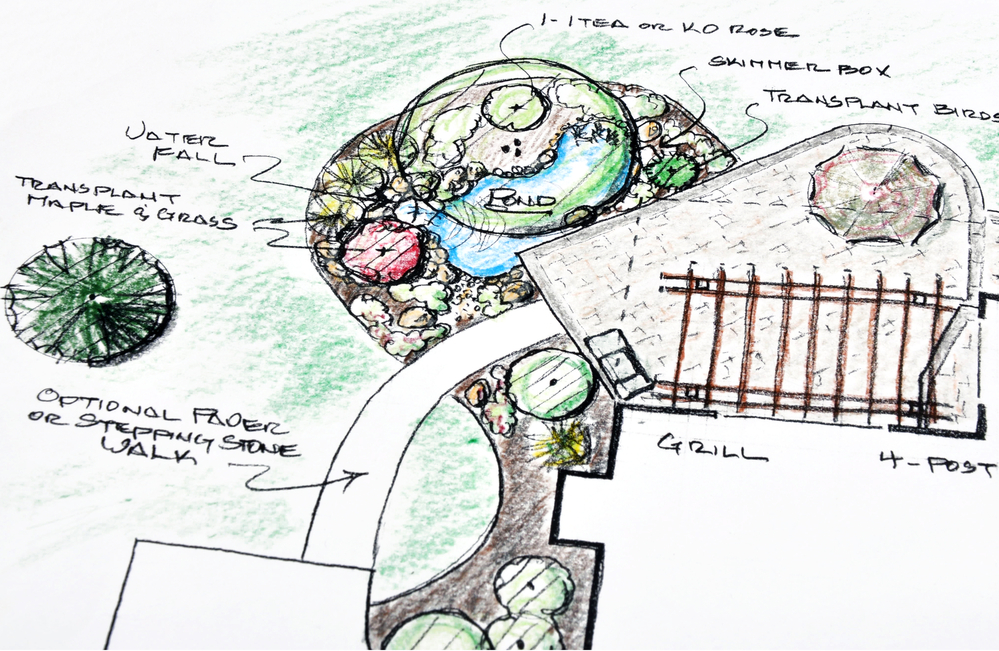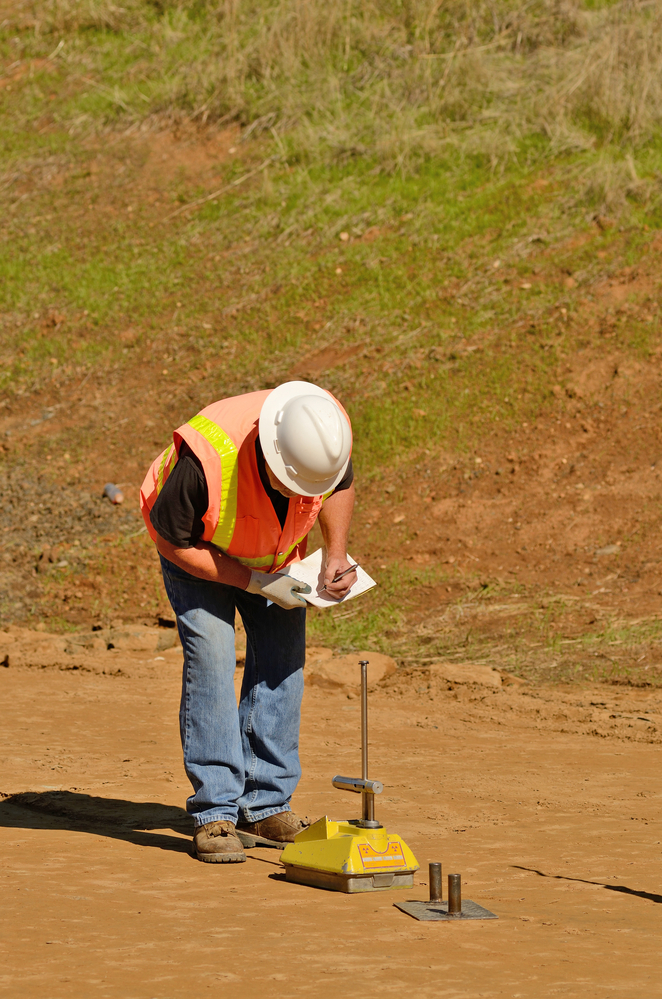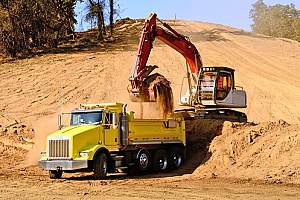 Screened fill dirt removes rocks, gravel, and other debris larger than three-quarters of an inch in diameter. During the screening process, the dirt is moved through mesh screens, sifted, and evaluated to ensure the proper consistency. The extra effort involved in creating screened fill dirt makes it more expensive than unscreened, though the higher price may be worth paying for the right project.
Screened fill dirt removes rocks, gravel, and other debris larger than three-quarters of an inch in diameter. During the screening process, the dirt is moved through mesh screens, sifted, and evaluated to ensure the proper consistency. The extra effort involved in creating screened fill dirt makes it more expensive than unscreened, though the higher price may be worth paying for the right project.
Fill Dirt Uses
Just about any project that requires dirt in order to fill in a hole or cavity or to raise or level the ground is a good candidate for fill dirt. Some of the most common projects that this material is used for include filling holes, leveling off embankments and raising areas in the ground.
What Is Fill Dirt
Fill dirt is not the same as subsoil or topsoil. Fill dirt sits below these two layers to create a firm foundation for construction. If you try filling major holes and crevices with topsoil, your problems will rear their ugly heads again.
Fill dirt will have little to no organic matter that is prone to settling and shifting in changing weather. Fill dirt can be used for most grading and construction projects where it may be slightly disturbed.
Screened Fill Dirt Uses:
Filling holes and dips in your property;
If your property has a hole or an area that’s lower than the rest of the lawn, adding fill dirt is a great way to level the surface. Unlike topsoil, fill dirt won’t decompose and settle as it ages. Fill dirt that has been compacted well will stay in place for decades.
Raising the ground level;
If you have a retaining wall that needs replaced, an affordable option can be to raise the ground level on the lower tier using fill dirt rather than try to hold the ground on the upper tier back.
Prepping a parking lot or driveway;
Fill dirt can also be used as a base for a long driveway or parking lot before the gravel and asphalt or concrete are added. Fill dirt provides a sturdy surface that won’t sink under heavy vehicle traffic.
Landscaping;
While fill dirt is not ideal for growing plants, it is useful for sculpting garden beds. This type of soil, which is generally less expensive than top soil, can be used to contour your property and get it ready for the final layer of top soil. Fill dirt can also be used as the bottom layer for large raised garden beds.
Improving drainage;
If the ground around your house is level or slopes slightly towards the building, rain water and snow is likely finding its way into your basement or lower level. Fill dirt can be used to create a gentle slope away from your structure, encouraging water to move out into the yard and away from your living space.
We Use The Terex Finlay 883 Scalping Screen
Compactable Screened Fill Dirt Material
Fill dirt used in construction projects must meet specifications for gradation outlined by the project’s geotechnical engineer. The supplier of clean fill should be willing to certify in writing that the fill is virgin material from a commercial or non-commercial source and that all of the materials in the fill dirt are natural and do not contain any additives or dangerous materials such as refuse, rubble, muck, metal, glass, wood or other foreign materials.
Proctor Compaction Test
Our Baltimore, Maryland Material Is Screened To 1.5 Inch Square Hole Screens
Our Screened Fill Dirt Material
When it comes to compacting a subgrade for a residential or commercial application, consistency, quality, and good practice by the contractor are critical to prevent concrete cracking and sinking concerns for the homeowner.
A contractor must ensure that the site builder avoids the temptation to poorly prepare a subgrade. A low-quality subgrade results in unexpected settling and water accumulation against the foundation leading to seepage and a weakening of the foundation. Poorly compacted subgrades also can be cited for the cracking and sinking of sidewalks, driveways, and patios.
Tested compactable materials provide proper sub grade preparation. This will help you avoid repair expenses, when settlement causes slabs to move due to poor compaction and poor site preparation.
How We Work
My FREE Quote
Provide Your Delivery Address With Zip Code & Discover What We Have Available For You
Ensuring Proper Subgrade Preparation
Proper subgrade preparation is essential for the longevity and stability of any construction project. Using compactable screened fill dirt can significantly reduce the risk of concrete cracking, settling, and water seepage. This material offers a consistent base that meets the specifications required for residential and commercial applications. When you choose high-quality screened fill dirt, you’re investing in a strong foundation that will minimize costly repairs and maintain the integrity of your project for years to come.
Summary

Dirt Connections was started with one goal in mind: providing quality residential and commercial construction services to clients on time and on budget. Reach out for more information on how we can support your next project.
For your convenience our estimates are free and by appointment. Call 703-940-9949 for a free estimate today!

